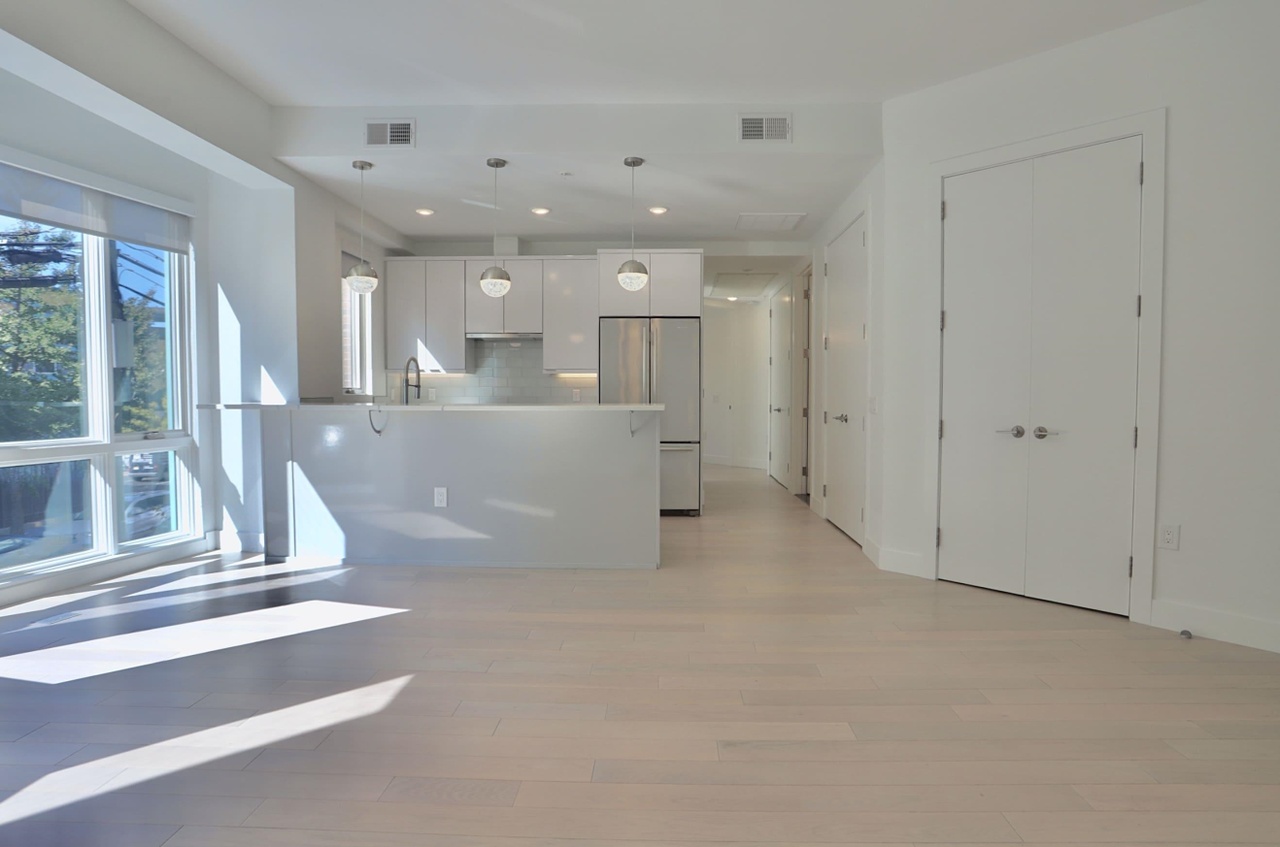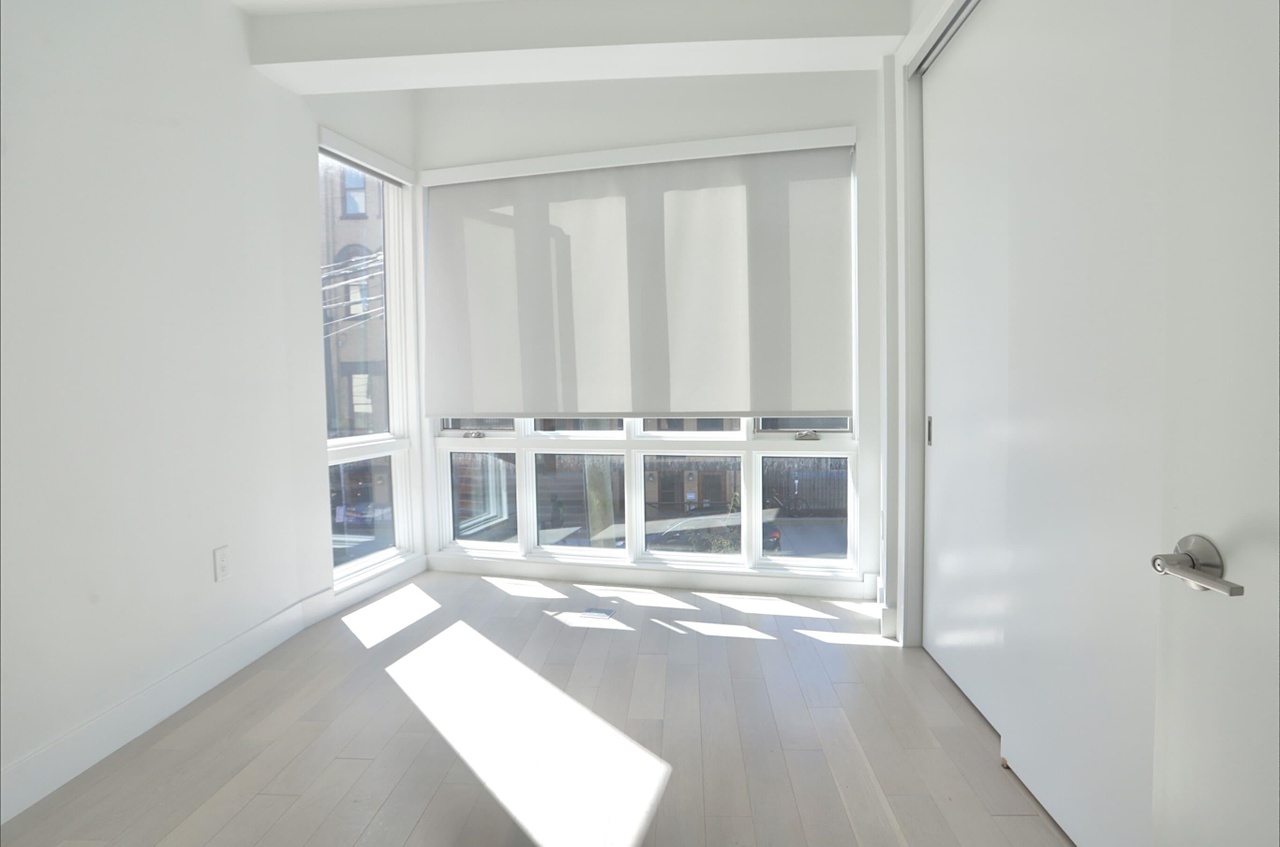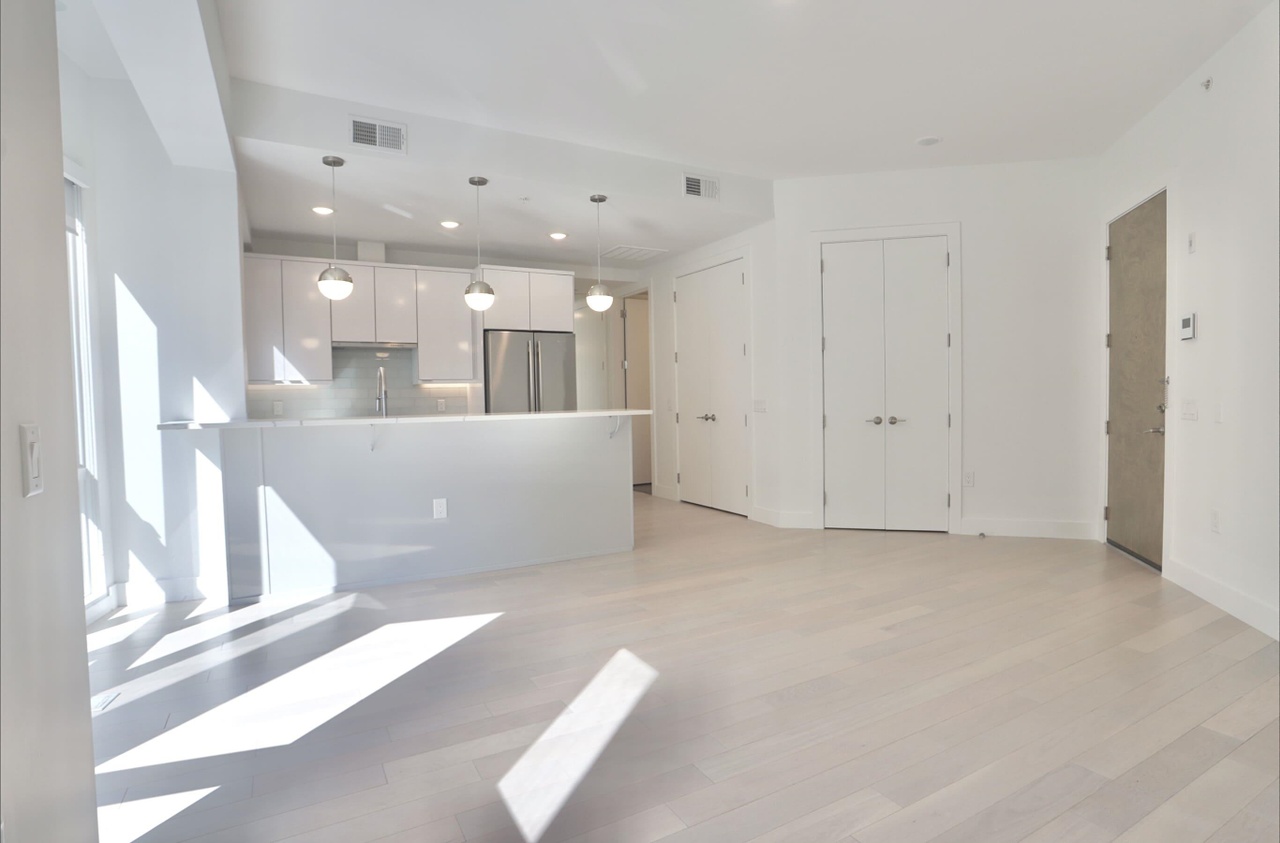
Home remodeling enhances property value, increases energy efficiency, and modernizes outdated living spaces, making it a preferred option for homeowners seeking upgrades.
According to a report by the National Association of Home Builders, titled “The Remodeling Market in Transition,” (2020), the U.S. remodeling industry generates over $400 billion annually, with kitchen and bathroom renovations making up 50% of projects.
Whether you’re looking to update a single room or transform your entire home, understanding the remodeling process, costs, and benefits is essential for making informed decisions that will enhance your living space and investment.
What Is Home Remodeling?
Home remodeling is the process of altering a home’s structure, layout, or features to improve functionality, aesthetics, or value. It involves noticeable modifications such as expanding rooms, upgrading outdated systems, or redesigning interiors to meet modern living standards.
According to a study by Jaemoon Kim et al., titled “Current Status of Old Housing for Low-Income Elderly Households in Seoul and Green Remodeling Support Plan,” published in Buildings (2022), green remodeling reduces energy costs by 30% while significantly improving indoor air quality and comfort.
Remodeling differs from renovation and restoration in scope and intent. Renovation modifies existing structures without changing their purpose, for example, repainting walls or installing new flooring. Restoration focuses on returning a property to its original condition, preserving historical materials and designs.
Remodeling, however, changes the structure or function of a space, such as converting a garage into a home office or reconfiguring a kitchen layout for better efficiency.
What Are Types Of Home Remodeling?

The types of home remodeling include interior, exterior, structural, and energy-efficient remodeling. Each remodeling pattern serves a different purpose, from enhancing aesthetics to improving energy efficiency.
The types of home remodeling are explained below:
1. Interior Remodeling

This involves remodeling the inside of the house, such as the kitchen, bathroom, and living room. Kitchen remodeling improves functionality by upgrading cabinetry, countertops, and appliances. Bathroom remodeling focuses on upgrading plumbing, tiling, and fixtures to improve water efficiency and aesthetics. Living room remodeling updates flooring, lighting, and layouts to create a comfortable and visually appealing space. Bedroom remodeling enhances comfort with better storage solutions, lighting, and overall design improvements.
According to a study by Simona D’Oca et al., titled “Technical, Financial, and Social Barriers and Challenges in Deep Building Renovation,” published in Buildings (2018), well-planned interior remodeling increases energy efficiency while improving the overall livability of a home.
2. Exterior Remodeling
Remodeling outside the house, like roof replacement or redesign, improves the structural integrity of a home while enhancing insulation and weather resistance. Siding and facade improvements upgrade a home’s exterior appearance while providing better protection against environmental factors. Porch and deck remodeling adds functional outdoor living space, increasing entertainment options and property value. Landscaping renovations incorporate gardens, and lighting for improved aesthetics.
According to a study by Richard A. Daynard, titled “Redress by a Licensing Authority: Settling Home Improvement Disputes in New York City,” published in Journal of Dispute Resolution (1985), exterior remodeling projects often require adherence to local building regulations to avoid legal disputes.
3. Structural Remodeling
Structural modifications like room additions expand the usable living space of a home, accommodating growing family needs or adding rental income potential. Wall removal for open floor plans creates spacious and modern interiors, improving the flow of natural light. Foundation repairs and modifications strengthen the home’s structural integrity, preventing damage from environmental factors.
4. Energy-Efficient & Smart Home Remodeling
This involves home remodeling with smart home automation, which integrates advanced technology for convenience, security, and efficient energy management. Solar panel installation reduces electricity costs and promotes sustainability by generating renewable energy. Energy-efficient windows and insulation minimize heat loss, lower energy consumption, and improve indoor comfort.
What Are The Benefits Of Home Remodeling?

The benefits of home remodeling include increased property value, enhanced comfort, improved energy efficiency, better space utilization, compliance with modern safety standards, personalization, and health improvements. Remodeling transforms homes into more functional, efficient, and aesthetically appealing spaces while ensuring long-term safety and sustainability.
According to a report by the U.S. Department of Energy titled “Energy Efficiency Trends in Residential and Commercial Buildings,” published in (2012), energy-efficient home remodeling reduces heating and cooling costs by up to 30%, leading to substantial long-term savings and improved environmental sustainability.
1. Increased Property Value
Home remodeling enhances market value by upgrading outdated features and modernizing living spaces. Renovated homes attract higher resale prices due to improved structural integrity, upgraded materials, and contemporary designs. Strategic remodeling projects provide long-term financial returns, making them a valuable investment.
2. Enhanced Comfort & Aesthetic Appeal
Upgrading interiors with modern layouts, better lighting, and high-quality materials enhances overall comfort. Aesthetic improvements, such as new flooring, custom cabinetry, and stylish finishes, create visually appealing spaces. Remodeling also improves indoor air quality and acoustics.
3. Improved Energy Efficiency and Sustainability
Installing energy-efficient appliances, advanced insulation, and solar panels reduces energy consumption and environmental impact. Many homeowners integrate renewable energy solutions to decrease carbon footprints further.
4. Better Space Utilization
Remodeling optimizes underutilized spaces by converting basements, attics, or unused rooms into functional areas. Open floor plans enhance natural light and improve traffic flow. Custom-built storage solutions increase efficiency, making homes more organized and adaptable.
5. Compliance with Modern Safety Standards
Older homes do not meet safety regulations, posing risks like electrical hazards or weak structural components. Remodeling ensures compliance with updated building codes, reducing risks and improving fire resistance. Safety upgrades also strengthen durability against environmental factors.
6. Personalization & Lifestyle Upgrades
Home remodeling allows customization based on lifestyle needs and modern conveniences. Smart home technology, high-end finishes, and contemporary fixtures add luxury and functionality. Remodeling also will enable spaces to adapt to changing family needs.
7. Health and Safety Improvements
Addressing structural weaknesses and hazardous materials enhances occupant safety. Remodeling eliminates toxic materials such as lead paint and asbestos, improving indoor air quality. Upgrading to eco-friendly, non-toxic materials creates a healthier living environment.
What Are The Processes Of Home Remodeling?
The processes of home remodeling include planning and budgeting, design and concept development, hiring contractors, demolition and construction, inspection and finishing touches, and final walkthrough and maintenance. A structured approach ensures efficiency, reduces unexpected costs and improves project outcomes.
According to a report by the National Association of Home Builders titled “The Remodeling Market in Transition,” published in (2020), well-planned remodeling projects minimize cost overruns and improve long-term value by optimizing resource allocation and workflow efficiency.
1. Planning & Budgeting
Assessing renovation goals establishes clear objectives for the project. Setting a budget ensures financial feasibility while accounting for material and labor costs. Choosing between hiring a contractor or managing a DIY project influences cost and execution quality.
2. Design & Concept Development
Working with architects and designers refines layout efficiency. Selecting appropriate materials and finishes ensures durability and aesthetic appeal. Obtaining permits prevents regulatory setbacks and legal issues.
3. Hiring Contractors & Procurement
Selecting experienced and licensed contractors guarantees quality workmanship. Sourcing materials ahead of time prevents supply chain delays. Effective scheduling optimizes project completion timelines.
4. Demolition & Construction
Removing outdated elements clears space for renovations. The construction phase implements structural modifications and upgrades. Ensuring compliance with safety regulations minimizes risks.
5. Inspection & Finishing Touches
Final inspections confirm adherence to building codes and quality standards. Painting, decor, and last installations enhance aesthetics. Quality checks ensure the remodel meets design expectations.
6. Final Walkthrough & Maintenance Tips
A post-remodeling checklist verifies project completion. Establishing a maintenance plan extends the longevity of upgrades. Routine inspections help sustain the remodeled space’s condition.
What Factors Determine The Cost of Home Remodeling?
Factors that determine the cost of home remodeling include project size, materials, labor, and location. Larger projects with extensive structural changes cost more, while more minor upgrades require fewer resources. Market rates and regional labor costs influence overall expenses, and unexpected issues like plumbing or electrical problems add to the budget.
According to a report by the National Association of Realtors titled “2022 Remodeling Impact Report,” kitchen remodels cost between $15,000 and $50,000, while full home renovations average $100,000, hence, budget-friendly strategies include choosing cost-effective materials, taking advantage of seasonal discounts, and purchasing in bulk to reduce expenses.
According to a report by the Joint Center for Housing Studies of Harvard University, titled “Improving America’s Housing 2023,” the average full-home remodel costs between $100,000 and $200,000, while kitchen remodels range from $15,000 to $50,000. Homeowners reduce costs by choosing budget-friendly materials.
What Are The Common Mistakes To Avoid When Remodeling A Home?
The common mistakes to avoid when remodeling a home include lack of planning, budget mismanagement, ignoring building codes, hiring unqualified contractors, prioritizing aesthetics over functionality, and underestimating time and labor costs. These errors lead to financial overruns, structural issues, and project delays.
1. Lack of Planning and Budget Mismanagement
Poor planning and inadequate budgeting result in unexpected expenses and incomplete renovations. Setting clear remodeling goals and allocating a contingency fund help prevent financial strain and ensure project completion.
2. Ignoring Building Codes and Permits
Skipping necessary permits or disregarding local building codes can lead to legal complications, fines, and safety hazards. Ensuring compliance with regulations protects homeowners from costly violations and provides structural integrity.
3. Hiring Unqualified Contractors
Choosing inexperienced or unlicensed contractors often leads to poor workmanship and costly repairs. Verifying credentials, checking reviews, and signing detailed contracts ensure quality service and accountability.
4. Prioritizing Aesthetics Over Functionality
Focusing solely on design elements without considering practicality creates impractical living spaces. Functional layouts, durable materials, and efficient storage solutions should balance aesthetics for long-term usability.
5. Underestimating Time and Labor Costs
Incorrectly estimating labor and timeframes results in extended project timelines and rushed finishes. Proper scheduling and realistic expectations help prevent unnecessary delays and last-minute expenses.
Remodeling Or Buying A New House: Which Is Better?
The better option between remodeling and buying a new house depends on budget, property condition, and future needs. Remodeling is ideal for homeowners who want to upgrade without relocating, preserve sentimental value, or save money compared to purchasing a new home. It allows for customization but has structural limitations.
1. Remodeling A House
The pros of remodeling a house include:
- Lower overall cost compared to purchasing a new home
- Customization options to meet specific lifestyle needs
- Retains sentimental value and avoids moving hassles
The cons of remodeling a house include:
- Structural limitations may restrict desired changes
- Unexpected costs from hidden damages or code upgrades
- Temporary inconvenience during construction
2. Buying A New House
Purchasing a new home is preferable when major repairs are needed, space is insufficient, or relocation is necessary. It offers modern features but comes with higher costs and moving expenses.
The pros of buying a new house include:
- Access to updated features and modern home designs
- Opportunity to choose a better location or larger space
- Avoids the stress and time commitment of renovations
The cons of buying a new house include:
- Higher upfront costs, including down payment and closing fees
- Additional expenses for moving and furnishing a new home
- A competitive housing market may limit available options
Do I Need A Permit For Home Remodeling?
Yes, you need a permit for home remodelling. However, minor updates like painting or flooring replacement do not require permits. Checking local building codes ensures compliance and prevents costly delays. Consulting local authorities determines specific permit requirements before starting a project.
According to a report by the National Association of Home Builders titled “Construction Codes and Regulations,” published in (2021), 65% of home remodeling projects require permits, with failure to comply resulting in fines, legal issues, and reduced property value.
According to the National Association of Realtors, titled “2022 Remodeling Impact Report,” homeowners recover 60% to 80% of remodeling costs through increased property value, making remodeling a financially viable investment.


